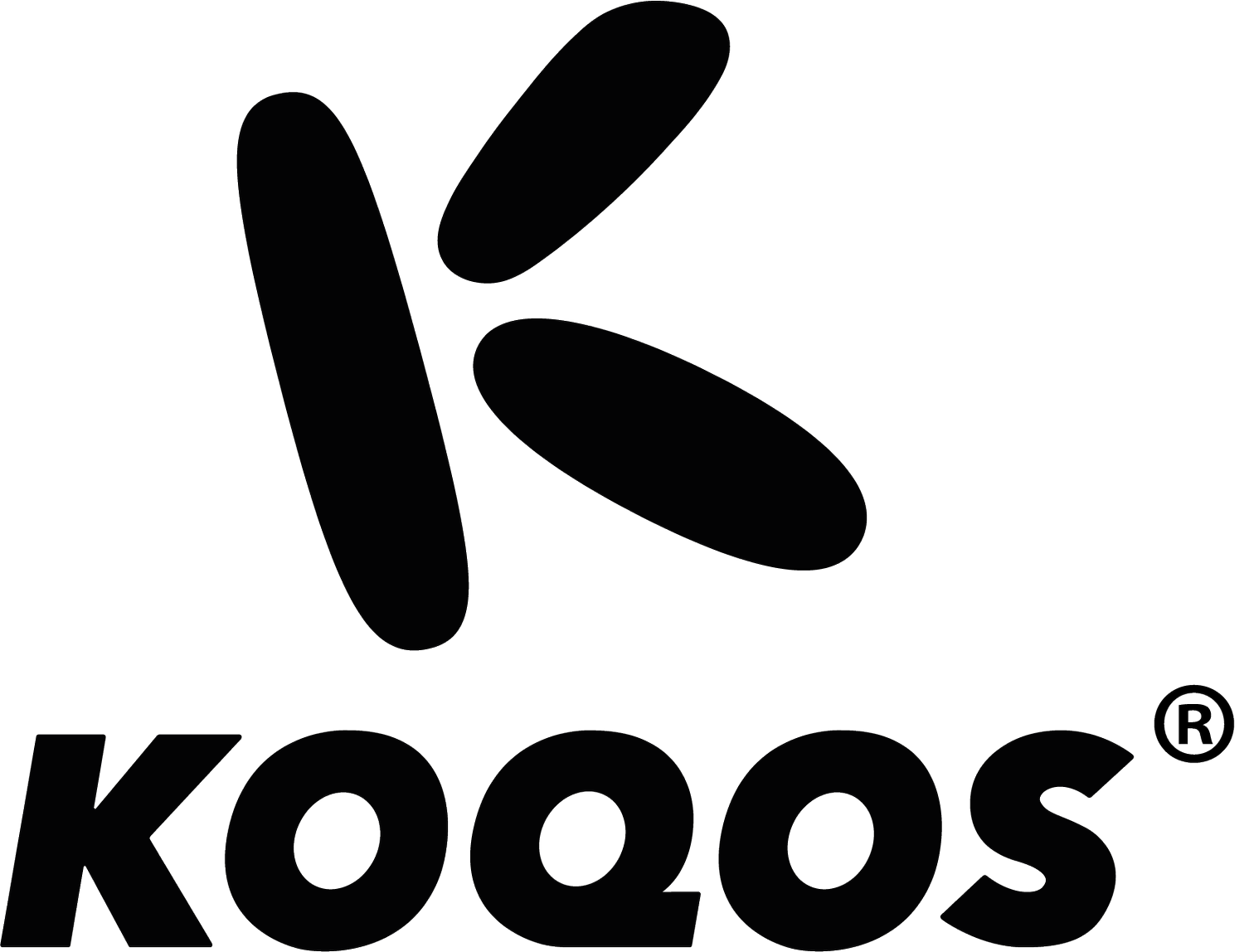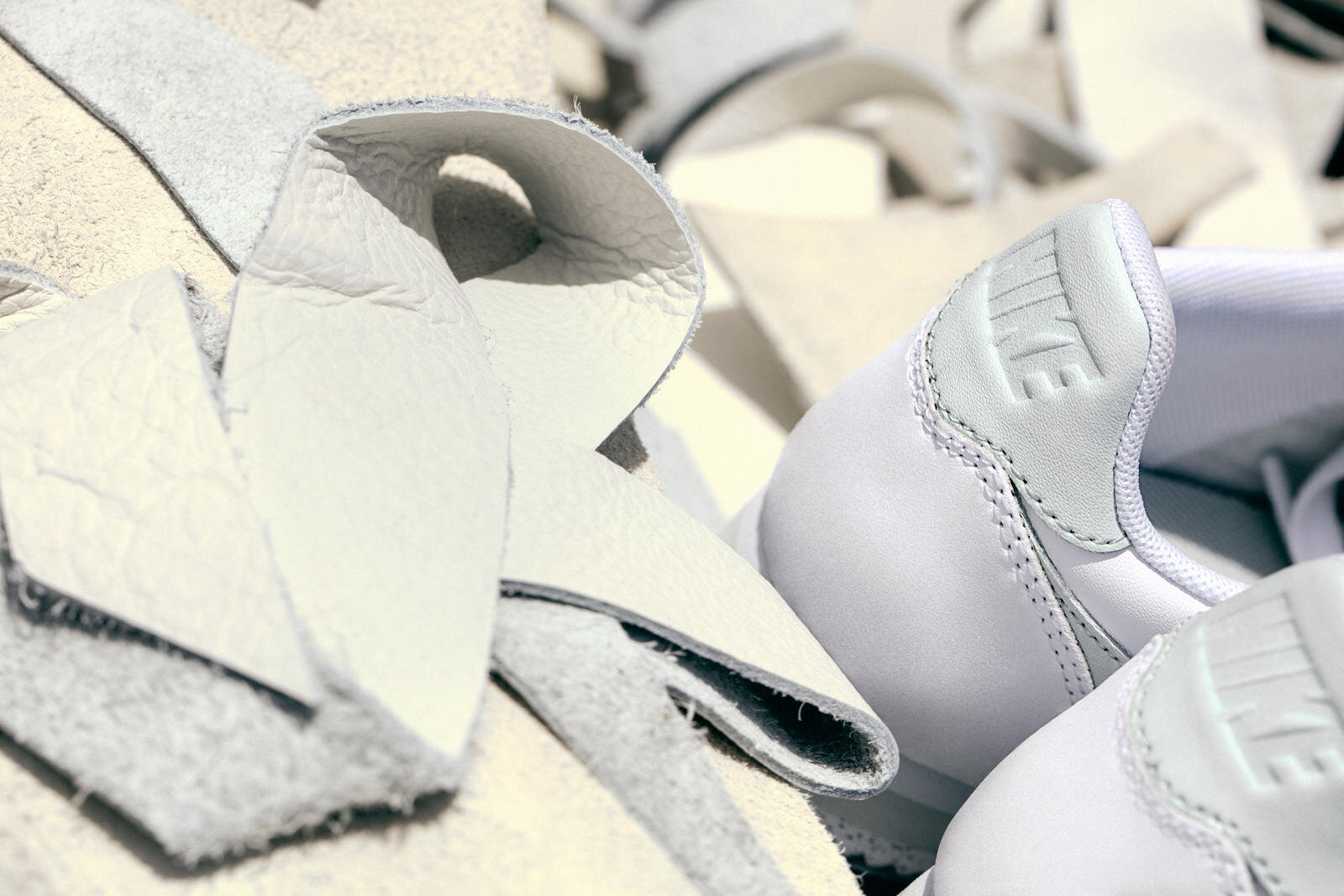Nike Flyleather - Recycling Leather
Creating a sneaker often involves the creation of leather patterns that are sewn together. The creation of these patterns out of leather sheets is a fundamental aspect of sneaker production that is executed by manufacturers and leather workers as efficiently as possible. However, the process of cutting patterns inevitably leaves material scraps that are thrown away, which leads to extra waste ending up in landfill or incineration. In order to change this, Nike developed Flyleather, a new kind of leather that takes these leather scraps and turns them into Nike’s lowest carbon footprint leather material to date.
Recycling
After the patterns for a Nike shoe are cut from the leather sheet, small scrap pieces are left. With Flyleather, Nike collects the discarded leather scrap from the tannery floor. These pieces are then combined with synthetic fibers and go through a finishing process. The final product consists for 50% out of leather fiber. The goal was to create a fabric that still has the material characteristics associated with leather, such as the look, feel and smell. This technological approach to creating leather also allows for new ways to create leather with specific material properties. This means new opportunities for greater strength, support, elasticity and so on, based on the needs of specific sports. According to Sneakernews, the Flyleather sneakers by Nike definitely feel like leather and they are lighter in comparison to regular Nike trainers. Additionally, Nike says that this type of leather is actually more durable, based on abrasion tests.
Good or Bad?
Even though the recycling of pre-consumer leather waste offers possibilities for further improving the sustainability of leather production, it still remains to be seen how good of a solution this is. Animal rights organization PETA argues that this innovative material is still harmful to the planet as it still uses real leather. Furthermore, Flyleather consists of a blend of natural and synthetic fibres, which makes it more difficult to recycle the fibres used to make Flyleather once more. This might raise questions about the sustainable nature of the material. This is a persisting question, also when we look at regular leather production. Is leather a by-product of the meat industry that should not go to waste? Is ‘upcycling’ cow hides into leather actually the most environmentally friendly thing to do? Maybe it’s even better to let hides biodegrade immediately, instead of treating them with a mix of chemicals to create leather that ends up in landfill and isn’t easily biodegradable anymore. No one has a clear answer to these questions (yet), but seeing initiative like Flyleather means that at least big brands are trying out new things in order to make the sneaker industry more sustainable, which is only a good thing!



